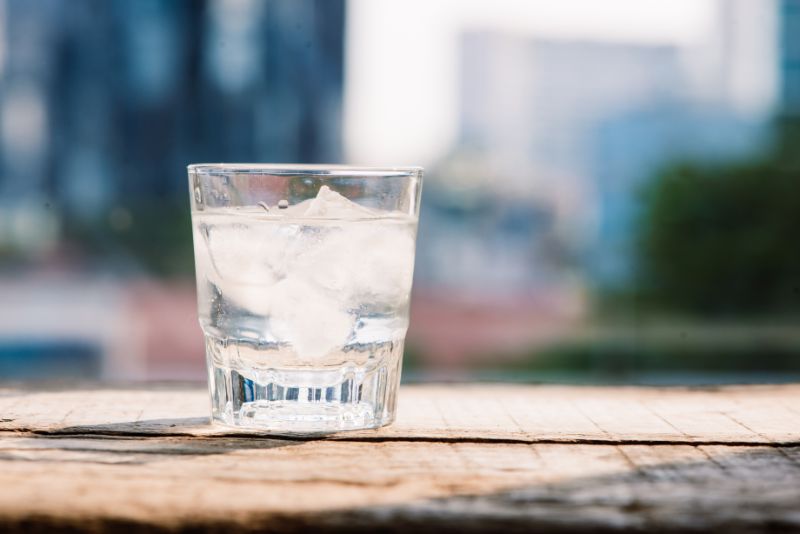How Does Water Cooler Work?
A water cooler is a device that provides cold and hot water. They are ideal for a variety of uses, such as dishwashing, cooking and drinking. Depending on the unit’s size and capacity, they can deliver as much as 45 litres per hour. These devices are often used in offices, schools and hospitals. In some models, dispensers are also installed. Some coolers are wall-mounted with a big button on the front. Alternatively, some have a sensor that activates the water.
(Looking for water softener? Contact us today!)

While some coolers utilize a dedicated mechanical system, other models employ a more versatile design. One of the more notable features of some models is the drip tray. This tray helps to catch spills and reduce water damage to hardwood floors and other surfaces. It’s also a great place to set a glass while filling it with water.
The best water coolers are designed to provide instant hot or cold water. Some models also include a dispenser to fill water bottles. Other modern models have sleek and streamlined designs that are ideal for any kitchen or office.
In addition to providing chilled or hot water, many models are aerated. Aerated water is faster to dispense. Additionally, this technology has the potential to remove heat more efficiently than other systems. When a reservoir is empty, it may take several minutes to chill the water. Water is normally delivered through a spigot or pump. However, some units feature a valve to prevent a bottle from flooding the water cooler.
In general, a water cooler uses a refrigerant to cool the water inside. This process is similar to how an engine works in a car. As the temperature of the liquid increases, the refrigerant changes from a liquid to a gas. Once the desired temperature is reached, the compressor is cut off.
Another important feature of a water cooler is its ability to filter the water. This helps to reduce the risk of contracting diseases from unclean drinking water. Generally, a filter is made from granular activated carbon. Activated carbon is a material that develops pores during its activation process. Most commonly used in water cooler filtration, these pores are formed when activated carbon is heated partially.
Many modern water coolers feature an on/off switch. Some also have a float valve to maintain the water level in the reservoir. This function allows the system to function properly even if it is running out of water.
In addition to the aforementioned features, many modern water coolers feature a dispenser that dispenses hot and cold water. Normally, this is achieved by pumping the water from a storage tank. Unlike the older, more cumbersome systems, these coolers can be plumbed directly from the main water supply. Dispensers are becoming more common in places like airports and railway stations.
The best water coolers have features that are unique to them. They may include an on/off switch, a spigot for delivering water, a bottle filling mechanism, or even a thermoelectric system.

